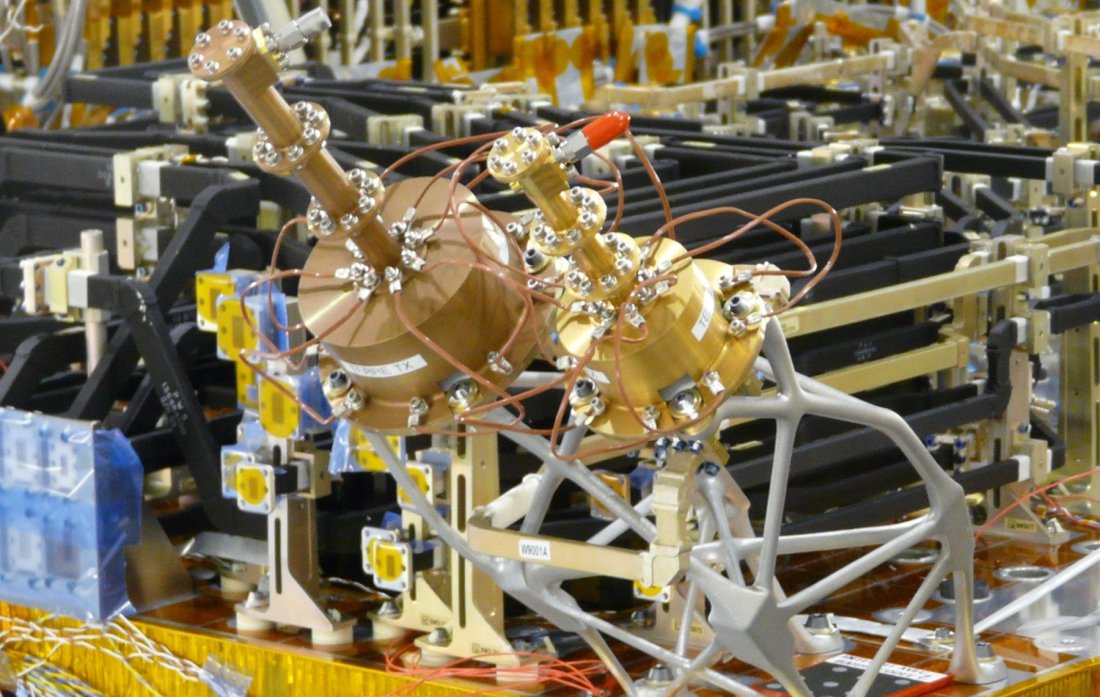Franco-Italian aerospace company Thales Alenia Space aims to expand its 3D printed space exploration.
The company has recently supported the launches of the Telkom 3S, SGDC and KOREASAT-7 satellites with metal 3D printed parts, and will now scale up production for larger structures.
The number of metal 3D printed parts launched into space by the Franco-Italian company now totals 79 – 47 of which are different designs. Additionally, Thames Alenia Space has sent hundreds of 3D printed polymer tube supports thus far.
Earlier in 2017, Thales Alenia Space worked on the Iridium NEXT satellites which signified the first flight application of 3D printed thermoplastic through its propulsion system tube supports.

Largest 3D printed space parts
Thames Alenia Space’s use of 3D printing began two years ago with the launch of its first 3D printed aluminium antenna support. At the time, the aluminium antenna brackets were the largest 3D printed parts to be launched in space. Since then, all of Thames Alenia Space’s telecommunication satellites have incorporated additive manufactured antenna supports.
Thames Alenia Space uses laser beam melting machines to produce the metal parts and previously made use of a Concept Laser Xline 1000R machine to create initial antenna brackets.
This year, Thames Alenia Space will look to expand the use of 3D printing to again create larger parts. The company explains it is currently working on dual antenna supports for a new telecom satellite which will launch in the near future. These dual antenna supports will be large in size at 480 x 378 x 364 mm (18.9 in x 14.9 in x 14.3 in).

Part consolidation and widespread use
Satellite launches are increasing the incorporation of 3D printing for weight reductions and enhanced design freedom. Satellite brackets in particular have shown significant application for 3D printing with other programs such as Canada Makes working on a 3D printed bracket to launch later in 2017.
Additive manufacturing also enables parts to be produced with increased functionality, as Florence Montredon additive manufacturing technology development manager at Thames Alenia Space explains. Montredon states the company’s “development efforts are now focusing on integrating several functions in a single part, such as mechanical, thermal and radio-frequency functions.”
Reducing the number of parts is another key benefit of the technology as it reduces assembly time and simplifies the design process. Californian rocket manufacturers, Aerojet Rocketdyne has successfully reduced parts in its Bantam rocket engine from 100 to just 3 additive manufactured parts.
To stay up-to-date with the latest aerospace 3D printing news, subscribe to our newsletter, follow us on twitter and like us on Facebook.
Featured image shows production of the Iridium NEXT satellite. Image via Thales Alenia Space/ImagIN.



